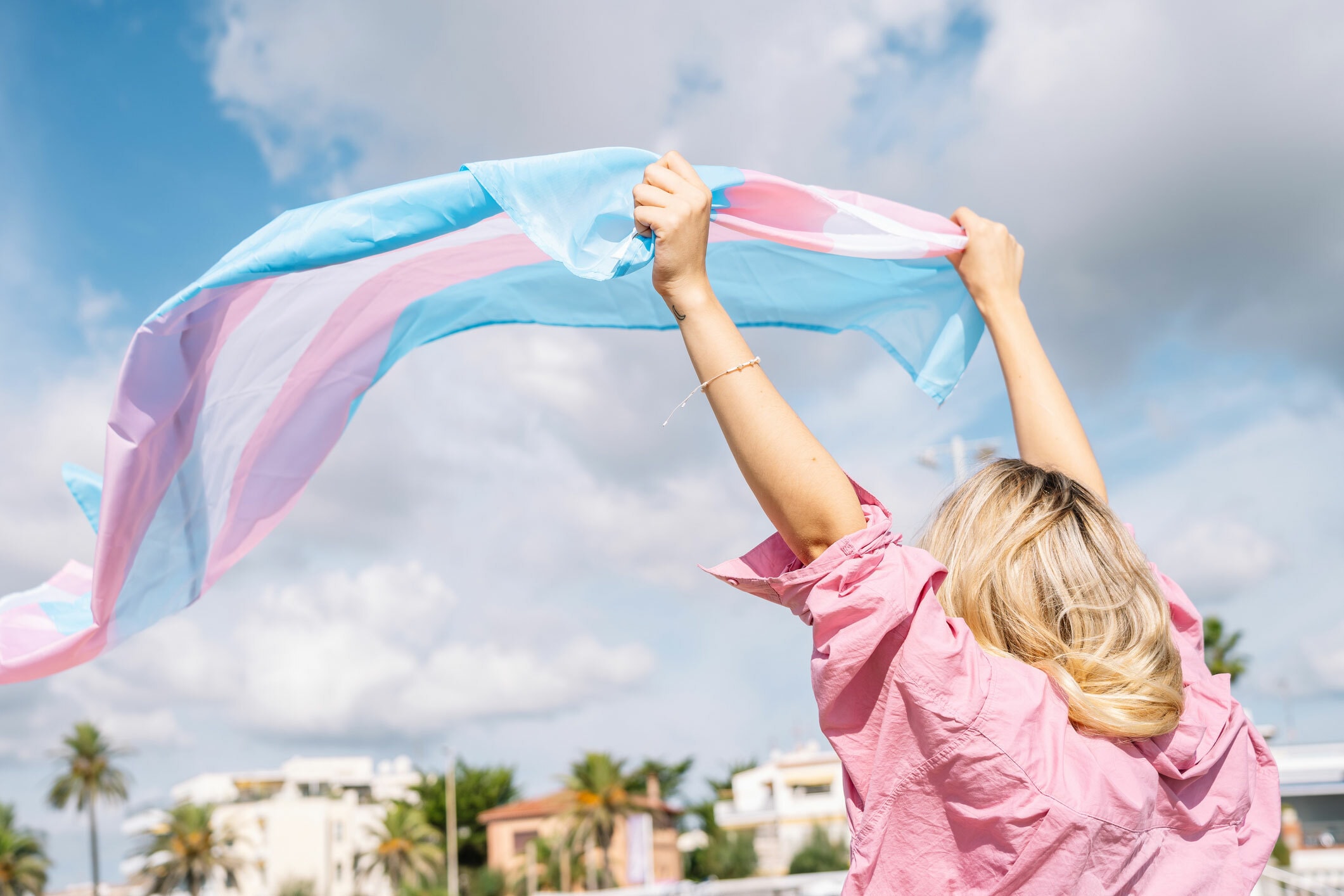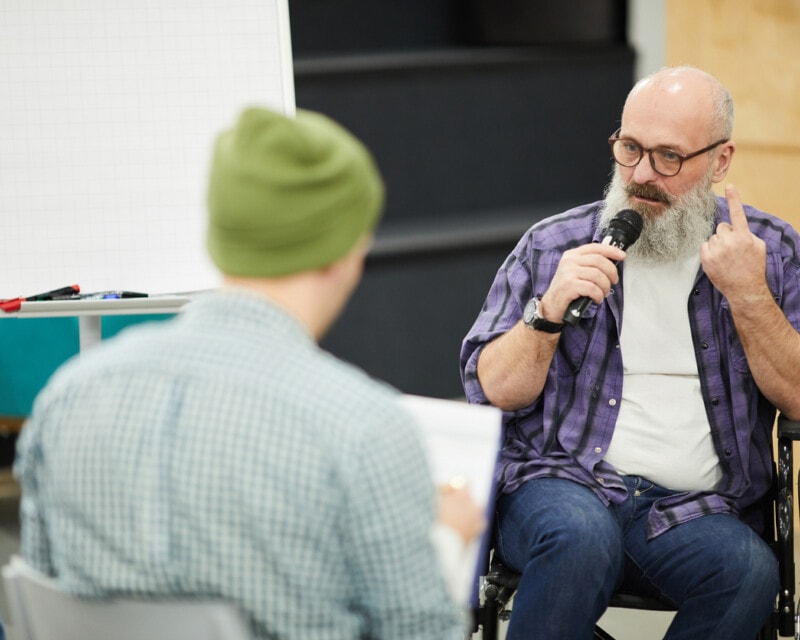Preventing violence against LGBTIQA+ people


Rigid gender norms must be addressed and challenged to prevent violence against women and violence experienced by lesbian, gay, bisexual, transgender, intersex, queer and asexual (LGBTIQA+) people.
The violence that LGBTIQA+ people experience also happens because of rigid and hierarchical ideas about sex, gender and sexuality.
Heteronormativity and cisnormativity are core drivers of violence against LGBTIQA+ people, alongside gender inequality, racism, colonialism and ableism.
Narrow ideas about bodies, sex and gender can translate to heterosexuality and cisgenderism being thought of as 'natural' and 'normal' while devaluing and stigmatising LGBTIQA+ people’s bodies, identities and relationships.
LGBTIQA+ people experience high rates of discrimination and harassment in public spaces, as well as domestic and family violence, sexual violence and sexual harassment. This includes harassment, discrimination and violence in workplaces and at universities.
While most relationships between LGBTIQA+ people are loving and respectful, some LGBTIQA+ people do experience violence from their family and intimate partners. Violence against LGBTIQA+ people in these relationships can involve physical, sexual and emotional abuse, as well as ‘identity-based abuse’, such as a partner or family member threatening to ‘out’ them or withholding gender affirming hormones or HIV medication.
Research shows that bisexual women and transgender and gender diverse people experience particularly high rates of domestic, family and sexual violence.
There is a lack of research about the experiences of LGBTIQA+ people who are Aboriginal and Torres Strait Islander, from migrant and refugee backgrounds and/or have disabilities, however, the available evidence suggests that these communities experience significant discrimination and violence.
There is crossover in the drivers of violence against women and LGBTIQA+ people. There are also similar patterns of perpetration, with research showing that the majority of violence experienced by LGBTIQA+ people is perpetrated by cisgender men.
LGBTIQA+ people experience additional discrimination and oppression which can take the form of homophobia, biphobia, transphobia and discrimination against intersex people. When LGBTIQA+ people are devalued in this way, violence against them can be normalised or accepted.
Pride in Prevention by Rainbow Health Australia outlines the key drivers of family violence experienced by LGBTIQA+ people and communities. These include rigid gender norms, cisnormativity* and heteronormativity^, which all underpin gender inequality.
These drivers of violence operate on a number of levels, from the interpersonal and community level to the institutional and broader social levels. Importantly, overlapping and intersecting forms of inequality and discrimination (for example racism, classism, ableism, ageism) can influence LGBTIQA+ experiences of violence and help drive this violence.
Pride in Prevention offers the model below for understanding the drivers of family violence against LGBTIQA+ people.
Engage LGBTIQA+ people and communities in the planning, design and implementation of all prevention efforts.
Address the drivers of violence against LGBTIQA+ people. This requires addressing rigid gender norms, cisnormativity and heteronormativity, all of which underpin gender inequality and help drive sexism, homophobia, biphobia and transphobia.
Adopt an intersectional approach that acknowledges and responds to the diversity and diverse needs within LGBTIQA+ communities. Many people from LGBTIQA+ communities are likely to experience multiple and compounding forms of discrimination and oppression – such as those relating to racism and ableism.
Ensure planning allows time, space and resources for critical reflection – including reflecting on your own experiences of power and privilege.
Partner or align with other prevention efforts to maximise effectiveness.
Be evidence-based and evidence-building. Prevention of family violence against LGBTIQA+ people is an emerging area, so there is a pressing need to invest in evaluation and to build and share evidence of what works.
* the privileging of cisgender identities, or people who feel their sex assigned at birth ‘matches’ their gender identity, as the preferred or ‘normal’ gender identity.
^ the privileging of heterosexuality as the preferred or ‘normal’ sexual orientation.

3 minute read
Find out more about how to work effectively with men to prevent violence against women.

Learn how to respond to resistance and backlash and set your prevention initiative up for success.